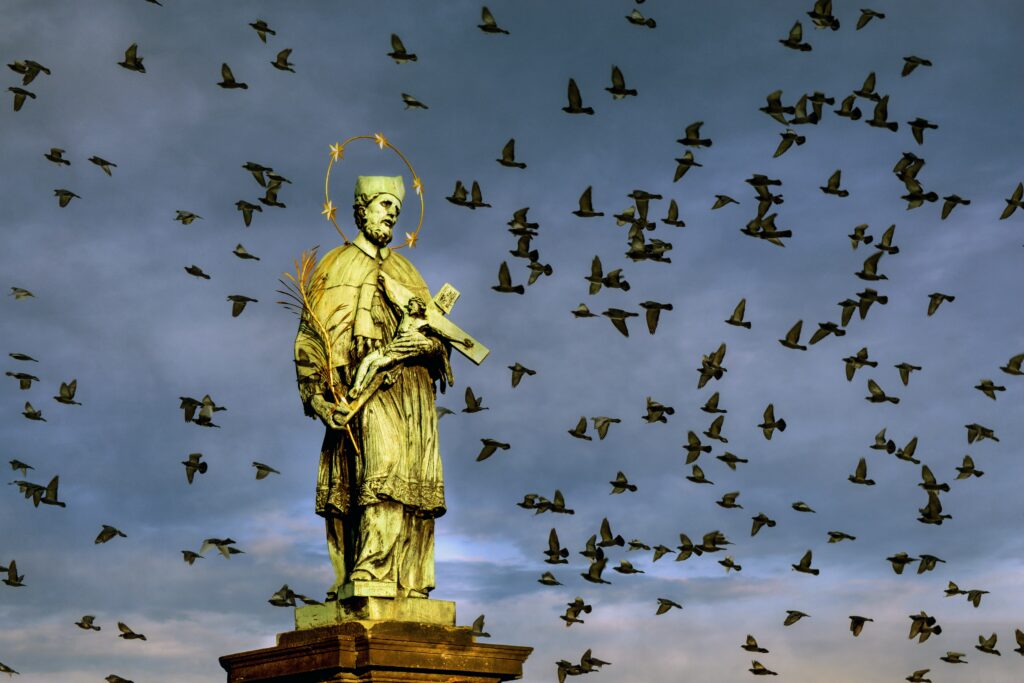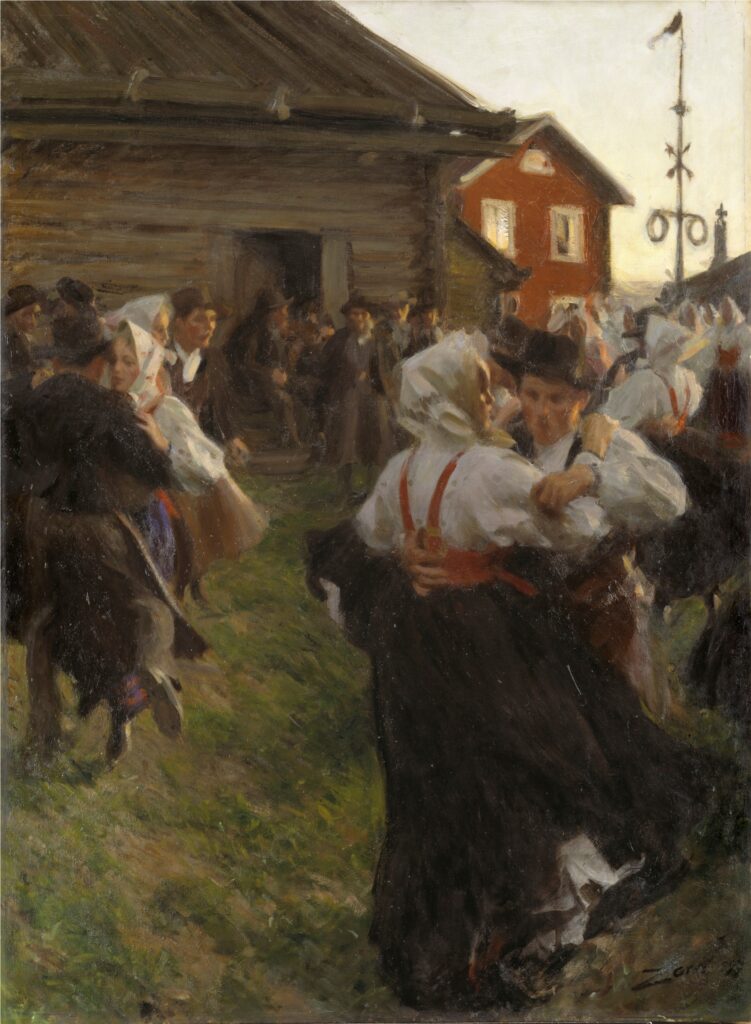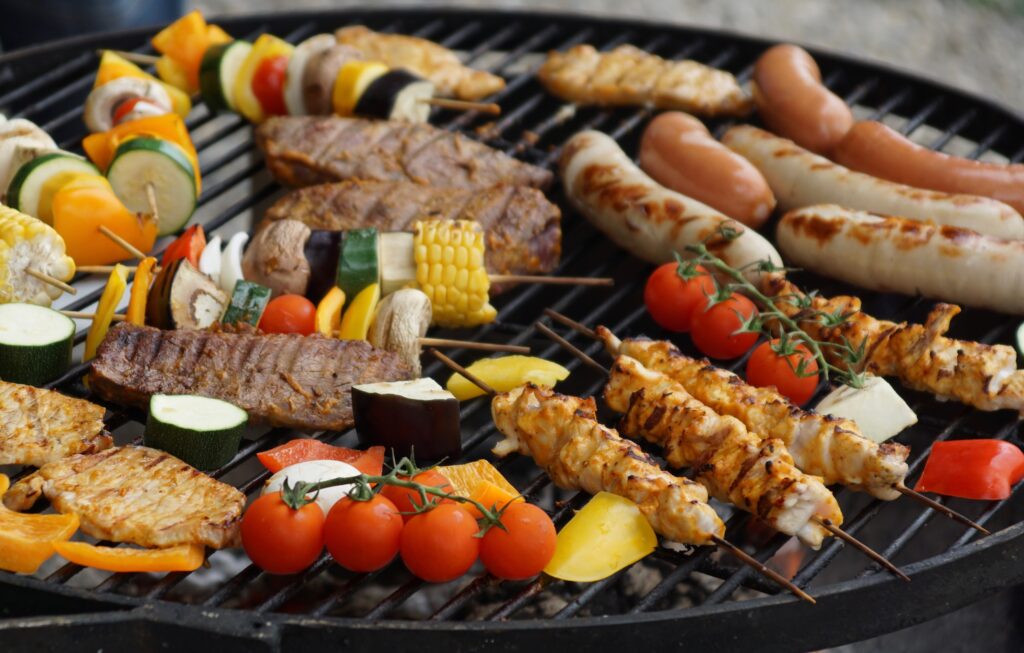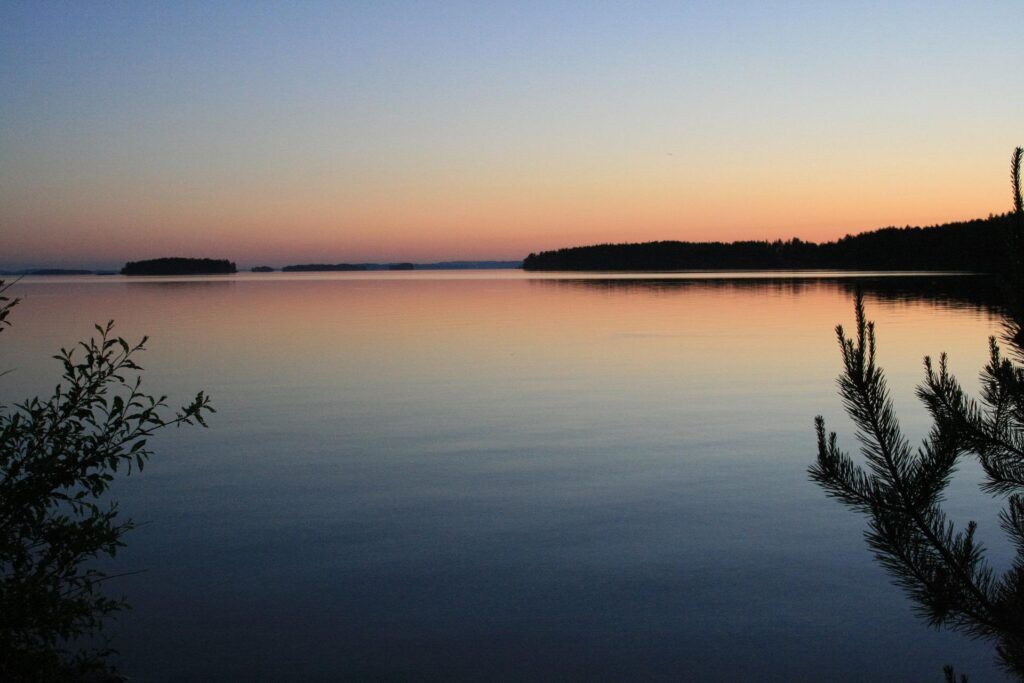Imagine one of those classic Wild West abandoned towns, with nothing but tumbleweeds and broken, old-timey isolated window shutters creaking in the wind, no soul in sight. That’s essentially what the cities in Finland look like this weekend as we are celebrating Midsummer, juhannus, in Finland. Okay, not quite the same, although a lot of people do flee to their summer cabins or just the countryside in general to enjoy some peace and quiet with friends and family.
Midsummer is celebrated in several cultures around the world, but it’s particularly prevalent in the Nordic and Baltic countries. Here in Finland Midsummer’s Eve as well as Midsummer Day itself – always on a Friday and Saturday respectively – are national holidays. As with every holiday, the biggest celebrations happen on the Eve. It’s a common time to start off your summer vacation (if one has the luxury of deciding their own vacation schedules), as well as a popular date for weddings.
Without further ado, here’s a crash course at the highlights of one of our most important (if not the most important) holidays! If you’ve been reading our other blog posts about Easter and vappu celebrations, you probably know the drill already: yup, it’s all a weird mix of pagan, Christian, and secular traditions. It’s as if there was a theme…

Catholic church strikes again
While the holiday is of older origin than Catholic church in Finland, the name originating from Christianity has stuck even if the Catholic meaning is lost to the mostly secular Lutheran majority of Finns. The name juhannus is derived from the name of John the Baptist (Johannes Kastaja in Finnish), who, according to the church, was born six months before Jesus. For Catholics Midsummer, also known as St. John’s Day, starts the countdown towards Christmas.
The current day secular purpose of Midsummer is, as the English name suggests, to celebrate the height of the summer, the summer solstice. Around this time of the year the sun never sets at the most northern end of the country: the sun rose in Nuorgam on May 16 and will only set on July 27. Even in southern Finland the days are very long for most of the summer.
In addition to being a celebration of the summer, the festival of summer solstice was originally about honoring Ukko, the god of sky, thunder, weather, and harvest. Many of the Midsummer rituals and traditions revolve around fertility, marital fortune, and ensuring a bountiful harvest.

Finnish Midsummer 101
While bonfires are mostly regional traditions for Easter and vappu, Midsummer bonfires (juhannuskokko) are an important part of the holiday throughout the country. They are usually lit on beaches, or floating platforms in lakes to avoid the risk of setting the surrounding vegetation on fire, especially if there’s a forest fire warning in effect.
Sauna is an essential part of our culture in Finland. It’s customary to wash up in the Midsummer sauna during the daytime, and be ready to welcome in the nightless night. If there’s a lake next to the sauna, most people like to take a dip there straight after (or in between) going to the sauna. Traditionally a birch whisk (vihta or vasta, depending on the dialect) is made specifically for this one occasion; unlike usually, the Midsummer whisk is only used once. Not all Finns however like to spank themselves with tree branches, even if they were otherwise eager sauna goers.
Birches are also common as decorations, typically at least front porches having young birches standing on either side of the door or stairs. As wild flowers are in full bloom this time of year, you can make flower crowns or put some in vases to bring summer inside as well.
Especially in the countryside Midsummer dances are common: they are organised often in outdoor pavilions and used to be – and possibly still are – good hunting grounds for potential romance. The music that is played is generally a mix of waltz, tango, Schlager, and humppa.
An increasingly rarely practiced tradition, but one that lives on in memes and humor, are Midsummer spells. Since they originate from the pagan times, they are usually focused either on fertility and love or ensuring good harvest or health to the livestock. Mostly these include running around naked in various places or gathering wild flowers. One of the more common ones is picking seven (or sometimes nine) different types of flowers, placing them under your pillow, and you are guaranteed to dream of your future spouse.
Instead of spending the Midsummer at a summer cabin, some people prefer to celebrate at one of the several festivals around the country. Nummirock, Himos Juhannus, Raumanmeren Juhannus, Tahko Juhannus, Stadin Juhannus, Provinssirock, Ilosaarirock… there’s a lot of them, always packed, and cater to various audiences.

BBQ and booze
No holiday without food and drinks, and in the case of Midsummer the menu consists mostly of whatever you can slap on the barbecue: steaks, sausages, skewers, patties, veggies, fish… if you can grill it, we grill it. New potatoes with fresh dill and plenty of butter are also a staple.
Since ancient times alcohol has been part of the celebrations: making as much noise as possible was considered to bring luck, ward off evil spirits, and ensure a good harvest. Superstitions might not be as strong as they once were, but Midsummer is still the second highest peak in alcohol usage. Since drunk people are not great at risk assesment and a lot of people go boating, sailing, or simply spend the weekend at a lakeside cabin, sadly the drowning statistics also peak during this time.
—
Hyvää juhannusta! Happy Midsummer!
If you want to read more about the Finnish Midsummer festivities, traditions, and history, here are a few handy links for resources in English:
https://www.visitfinland.com/en/articles/everything-need-to-know-about-midsummer/
https://finland.fi/life-society/enjoying-midsummer-the-finnish-way/
https://herfinland.com/midsummer-eve-finland/
https://scandification.com/midsummer-in-finland-finnish-midsummer/

